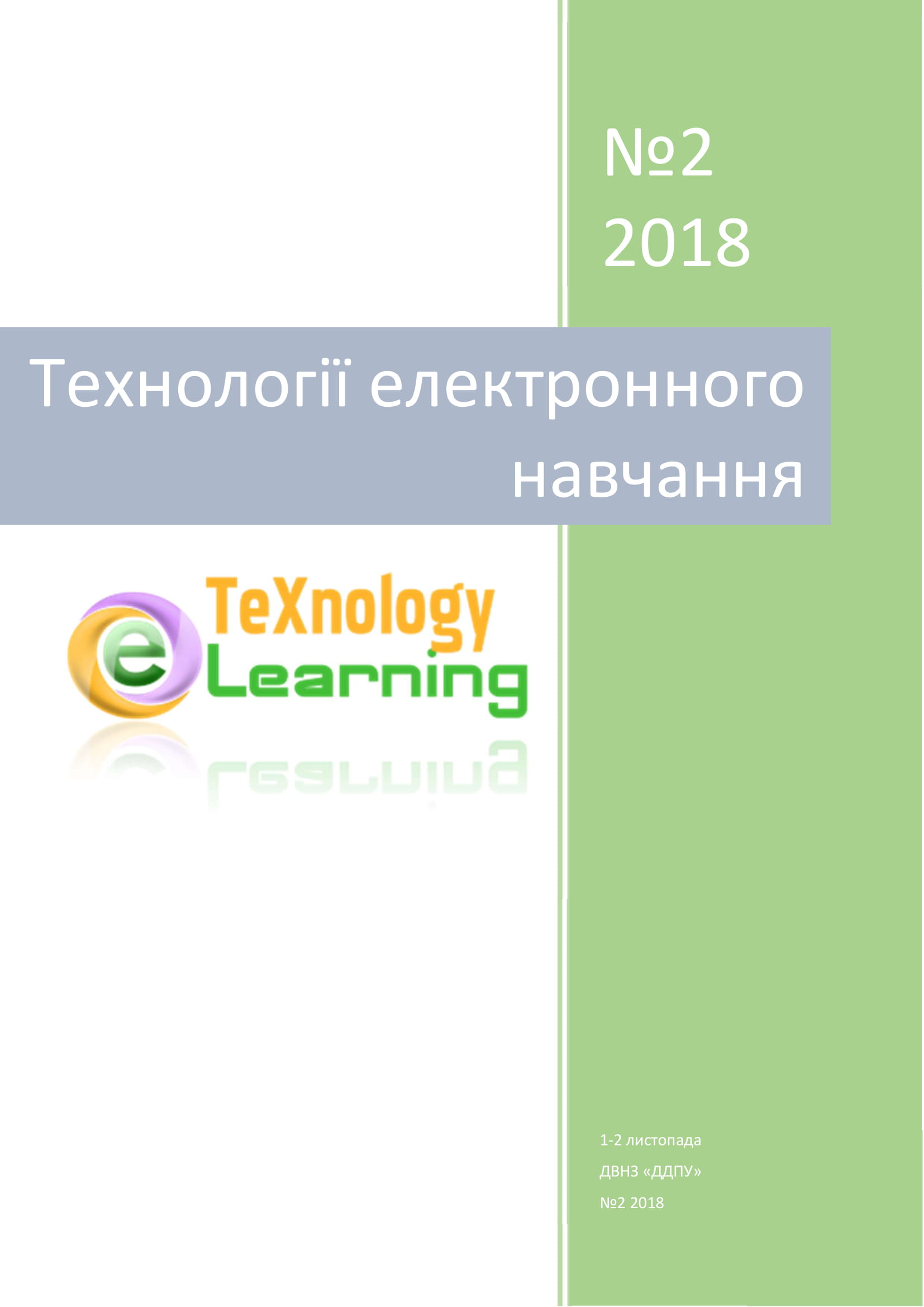Organization of educational activities on microlearning technology during the COVID-19 pandemic
Keywords:
microlearning, e - learning, electronic educational resources, organization of distance learningAbstract
One of the most important requirements for a successful learning experience is regular learning activities. The constraints of the COVID-19 pandemic have affected the organization of learning activities around the world. Too fast transition to distance learning has clearly revealed, in addition to the undoubted advantages, the existing disadvantages of distance learning. The problem of presenting educational material, both in terms of the pace of presentation and in terms of its volume for one educational activity, remains not fully developed. The article considers the main provisions of microlearning, examples of its application and conditions of its effective application.
References
1. Weber, Ch. M. (2003). Rapid Learning in High Velocity Environment: Dissertation to the Degree of Doctor of Philosophy in Management of Technological Innovation and Entrepreneurship, MIT, 2003. 569 p.
2. Gassler, G., Hug, T., & Glahn, C. (2004). Integrated Micro Learning–An outline of the basic method and first results. Interactive Computer Aided Learning, 4, 1-7.
3. Федоренко О., Величко В. (2020) Формування IКТ-компетентностi майбутнiх учителiв у разi зростання бiологiчних загроз / Збірник наукових праць фізико-математичного факультету ДДПУ, Випуск 10, с.104-110.
4. Hug T. Microlearning: A New Pedagogical Challenge. In: Hug T, Lindner M, Bruck PA, editors. Microlearning: emerging concepts, practices and technologies; proceedings of microlearning 2005; learning & working in new media environments. 1. ed. Innsbruck: Univ. Press; 2006. pp. 7-11.
5. Ruedlinger B. Does Video Length Matter?, May 7, 2012, retrieved from https://wistia.com/learn/marketing/does-length-matter-it-does-for-video-2k12-edition
6. Guo P. J. , Kim J., Rubin R. How Video Production Affects Student Engagement: An Empirical Study of MOOC Videos. MIT Computer Science and Artificial Intelligence Laboratory, 2014. 10 p., https://groups.csail.mit.edu/uid/other-pubs/las2014-pguo-engagement.pdf.
7. Hug T. Mobile learning as “microlearning”: conceptual considerations towards enhancements of didactic thinking. International Journal of Mobile and Blended Learning, 2(4), 2010, pp.47–57.
8. Fedorenko, E.H., Velychko, V.Ye., Stopkin, A.V., Chorna, A.V., Soloviev, V.N.: Informatization of education as a pledge of the existence and development of a modern higher education. In: Kiv, A.E., Soloviev, V.N. (eds.) Proceedings of the 6 th Workshop on Cloud Technologies in Education (CTE 2018), Kryvyi Rih, Ukraine, December 21, 2018, P.20-32, (CEUR Workshop Proceedings (CEUR-WS.org), Vol. 2433). – Access mode : http://ceur-ws.org/Vol-2433/paper01.pdf
Downloads
Published
How to Cite
Issue
Section
License
Copyright (c) 2020 E-learning teXnology

This work is licensed under a Creative Commons Attribution-NonCommercial-ShareAlike 4.0 International License.




